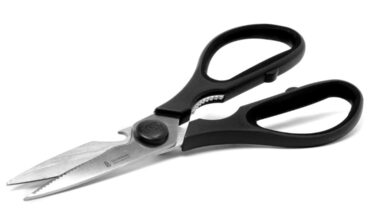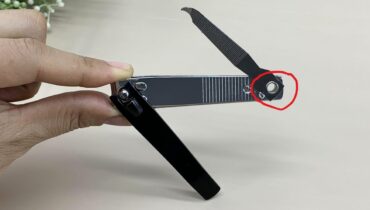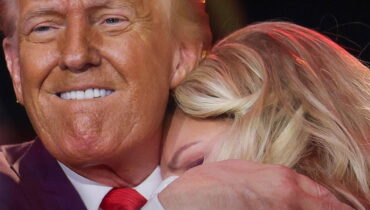📌 The chair you choose in a meeting says a lot about your personality, according to an expert.

Posted 18 September 2025 by: Admin
Which chair do you choose during a work meeting? This small detail might seem trivial, yet according to a communication expert, it reveals a lot about an employee’s personality.
At work, every employee has a specific function. But when it comes to meetings, that role goes far beyond the company hierarchy. It can even shift entirely depending on where you choose to sit at the table.
The chair you occupy during a meeting can reveal your personality at work, says Dustin York, professor of verbal and non-verbal communication at Maryville University’s College of Arts and Sciences.
“The place and the way you sit can influence your role in the meeting, but also increase the chances of confrontation or success,” he explains.
Someone who sits at the head of the table—the “seat of power”—signals their importance. From there, they can direct and guide the meeting and conversations. Its proximity to the door also allows this person to observe who comes and goes. According to the expert, this is the ideal spot to capture attention and gain an advantage.
Seats That Reflect Workplace Personalities
It’s not just the head of the table that matters. As the diagram suggests, seats 1 and 9—immediately to the right and left of the leader—are also key. These spots are usually chosen by people aiming for promotion or hoping to gain more influence within the company, according to a University of Oregon study.
“Sitting to the left of the person in the seat of power earns you more favor, while the seat to their right is often seen as the more powerful position.”
Another strategic seat is the so-called “focal point” or “debater,” positioned directly opposite the leader at the other end of the table. The person who sits here will likely challenge the leader and attempt to steer the discussion. But this seat can also be seen as confrontational:
“Be careful, because sitting directly opposite the seat of power signals that you’re a serious competitor,” warns Dustin York.
As for the remaining seats (2, 3, 4, 6, 7, and 8), they’re considered less central. People who choose these spots are perceived as friendlier and less confrontational. Their role often includes diffusing tension and maintaining harmony among colleagues.
So next time you walk into a company meeting, you’ll know exactly where to sit—and what message your choice might send.




















